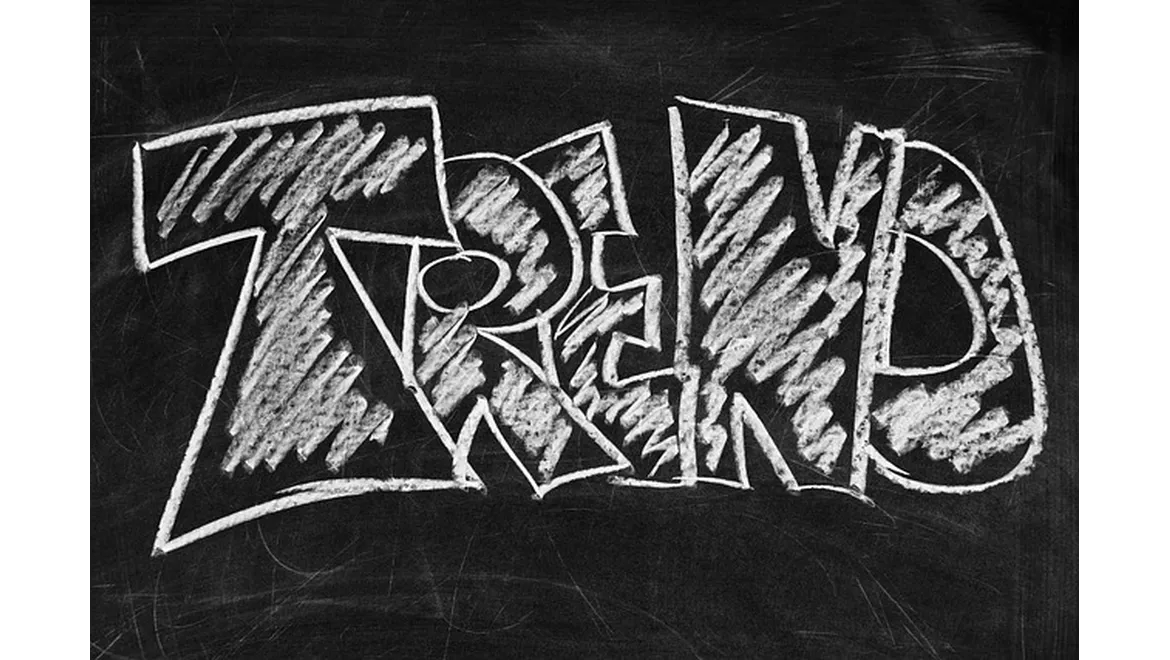When I first heard about predictive analytics in social media, I was both intrigued and sceptical. As a digital marketer, I was aware of the power of data, but using AI to forecast trends seemed like a leap into the future. So, when I got the chance to dive into this fascinating world, I grabbed it with both hands. Join me on this journey where I unravelled the complexities of predictive analytics in social media, and discovered how AI could predict the next big trend.
Understanding Predictive Analytics
Predictive analytics involves using historical data, machine learning, and statistical algorithms to predict future events. In the context of social media, it means analysing past interactions, engagements, and content to forecast what might catch the public’s eye next. Imagine being able to craft content that resonates with your audience because you already know what they will love!
Gathering Data: The Foundation
The first step in predictive analytics is data collection. Social media platforms like Facebook, Twitter, and Instagram generate an enormous amount of data every second. This data includes posts, likes, shares, comments, and even user profiles. To get started, I used social media analytics tools like Hootsuite, Sprout Social, and Google Analytics to gather historical data from my social media channels.
I focused on key metrics such as engagement rates, reach, and impressions. Exporting this data into a CSV file allowed me to clean and organise it. Cleaning data might seem tedious, but it’s crucial. It involves removing duplicates, handling missing values, and normalising the data. Once my data was ready, I was eager to dive into the next step.
Choosing the Right Tools and Algorithms
With my data in hand, I needed the right tools and algorithms to make sense of it. Python, with its robust libraries like Pandas, Scikit-Learn, and TensorFlow, proved to be an excellent choice. I started with Pandas to manipulate and analyse my data, identifying patterns and trends.
For predictive modelling, I leaned on machine learning algorithms. Linear regression and time series analysis were my go-to methods initially. Linear regression helped me understand the relationship between different variables, while time series analysis was perfect for forecasting trends over time.
Building a Predictive Model
Building a predictive model was both challenging and rewarding. I began by splitting my data into training and testing sets. The training set helped the model learn from historical data, while the testing set allowed me to validate its accuracy.
Using Scikit-Learn, I created a simple linear regression model. I fed it my training data and let it crunch the numbers. The real magic happened when I tested the model with my testing set. The accuracy wasn’t perfect initially, but tweaking the model’s parameters and experimenting with different algorithms improved its performance.
Analysing and Interpreting Results
Once I had a reasonably accurate model, it was time to interpret the results. This step is crucial because a model is only as good as the insights it provides. I used visualisation tools like Matplotlib and Seaborn to create graphs and charts that made it easier to understand the data.
One of the most fascinating insights was identifying peak engagement times. The model predicted specific days and times when my audience was most active. Armed with this information, I could schedule posts to maximise engagement. Additionally, the model highlighted content themes that resonated well with my audience, allowing me to tailor my content strategy accordingly.
Implementing Insights and Measuring Success
The true test of predictive analytics lies in its implementation. I used the insights from my model to refine my social media strategy. I scheduled posts during peak times, created content around trending themes, and monitored the performance closely using analytics tools.
The results were remarkable. Engagement rates soared, reach expanded, and overall social media performance improved significantly. It was a testament to the power of predictive analytics.
Reflecting on the Journey
Predictive analytics in social media is not just a buzzword; it’s a game-changer. The combination of historical data, machine learning, and AI can provide invaluable insights that help craft a winning social media strategy. From gathering and cleaning data to building and refining predictive models, every step of this journey was an eye-opener.
As I reflect on this experience, I realise that the possibilities are endless. Predictive analytics has the potential to revolutionise how we approach social media marketing, offering a glimpse into the future and empowering us to stay ahead of the curve. Whether you’re a seasoned digital marketer or just starting, embracing predictive analytics can be your key to unlocking unparalleled success in the dynamic world of social media.











